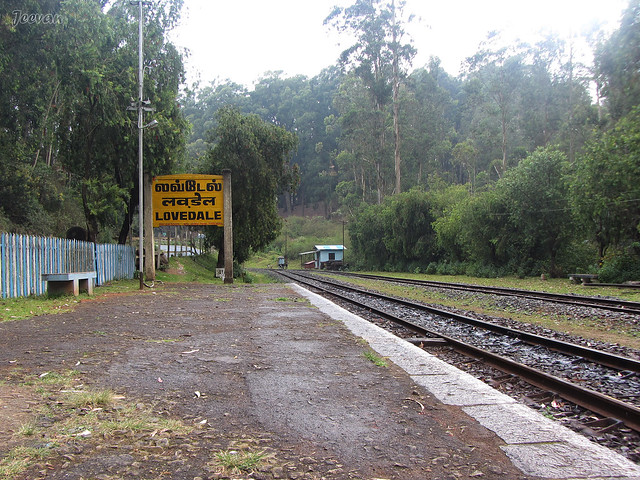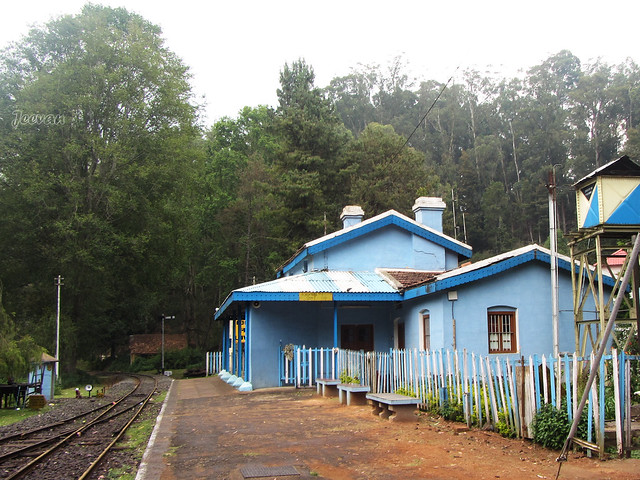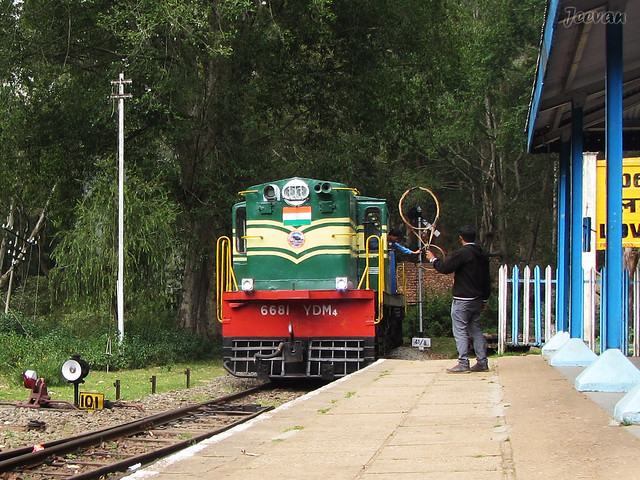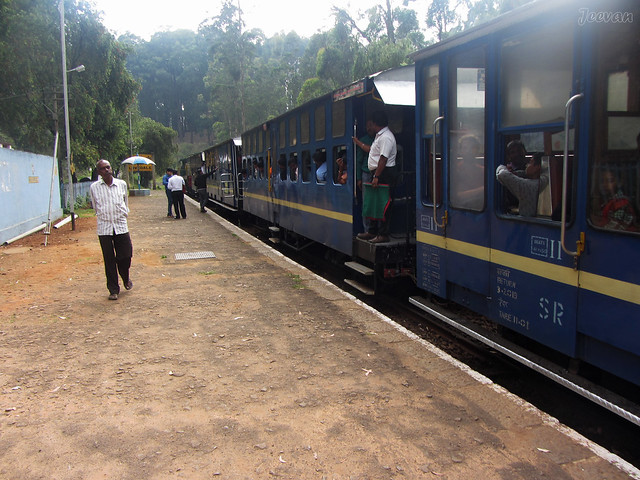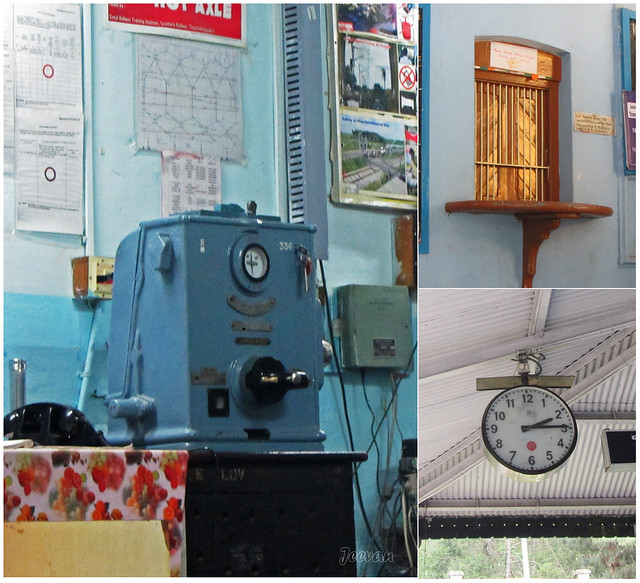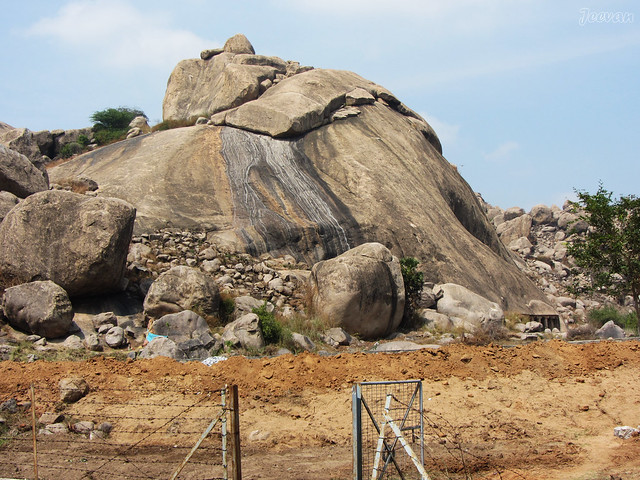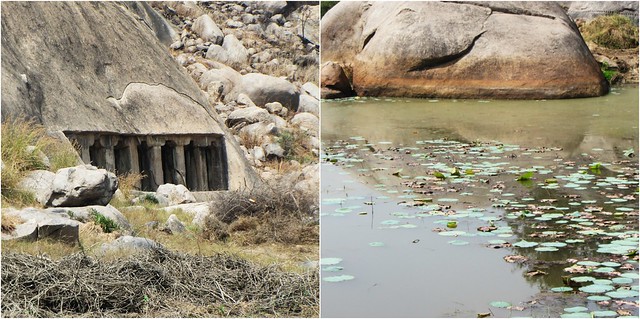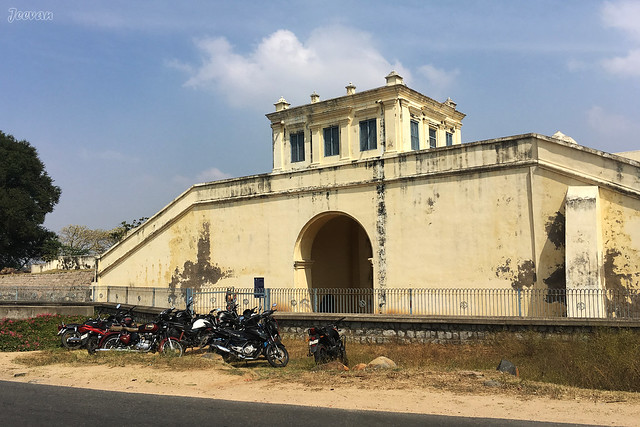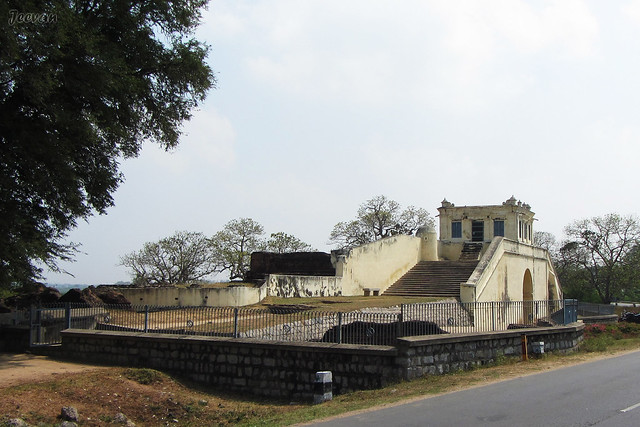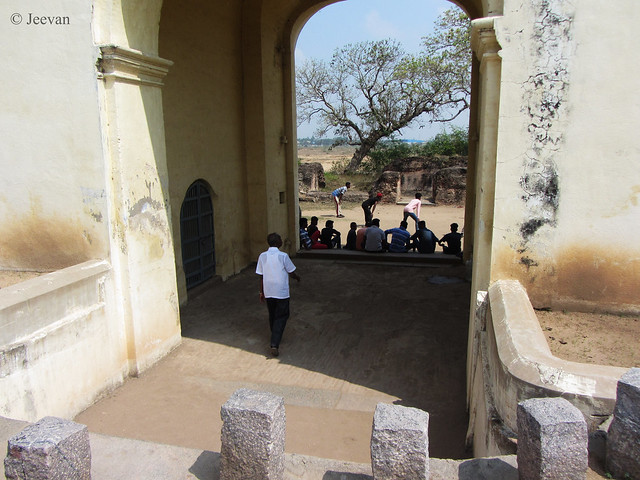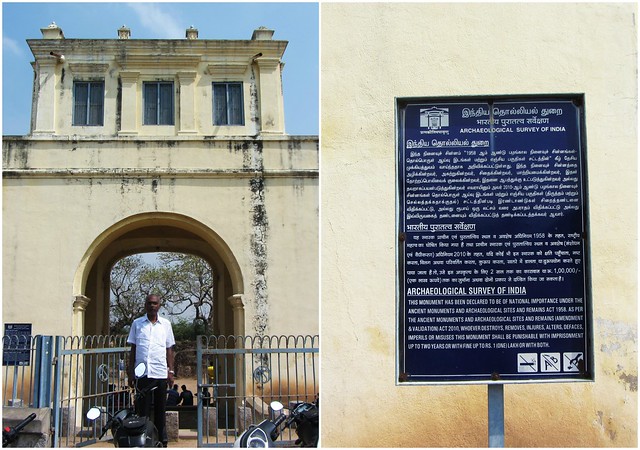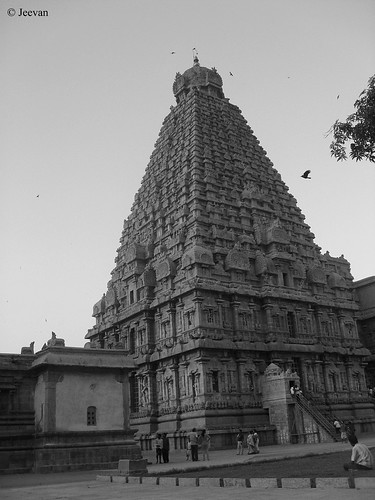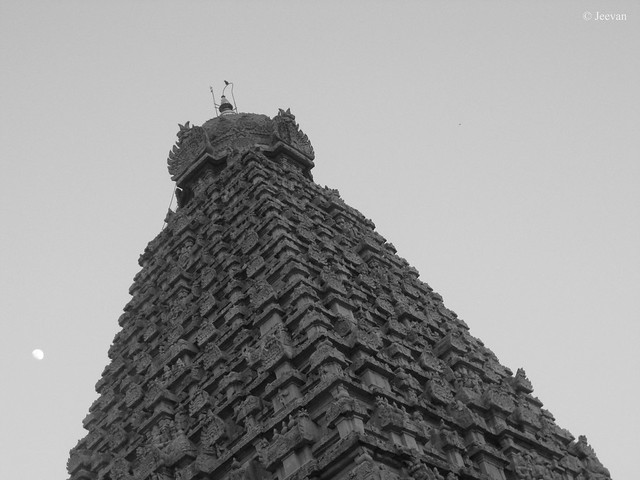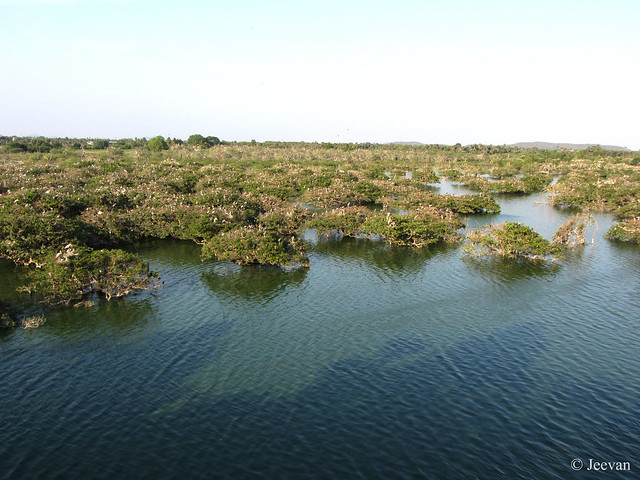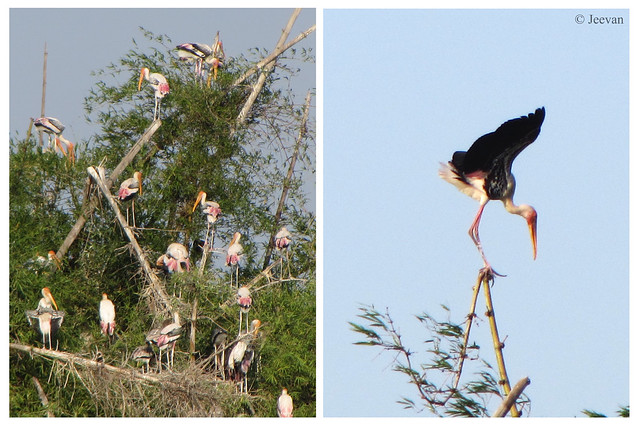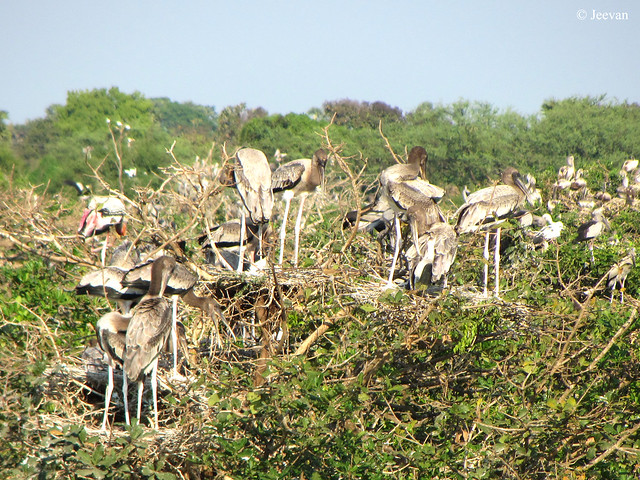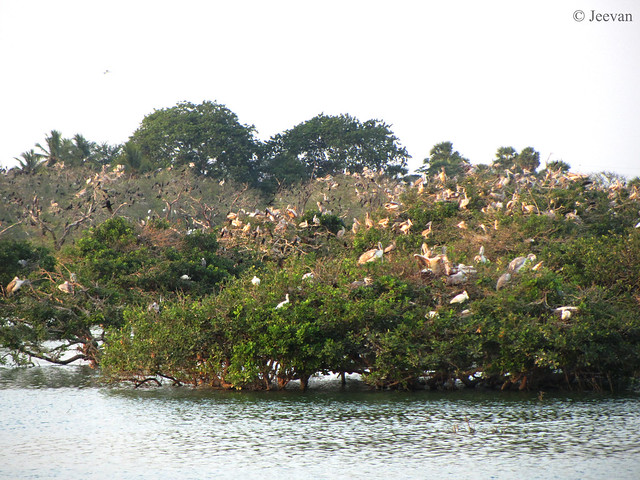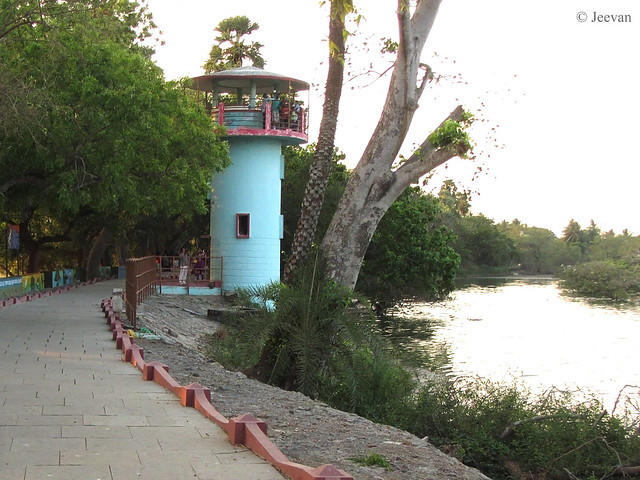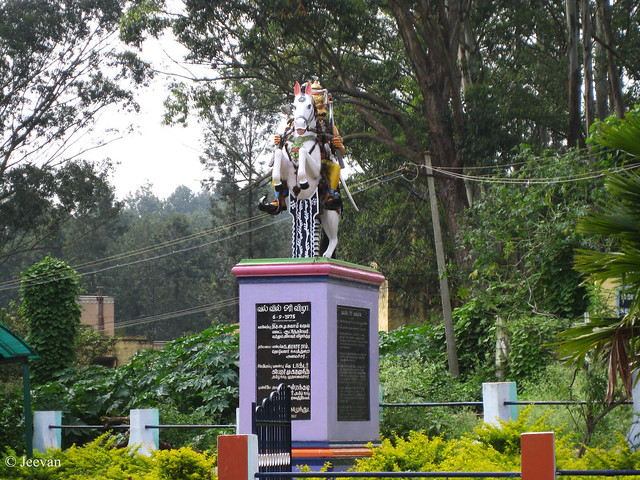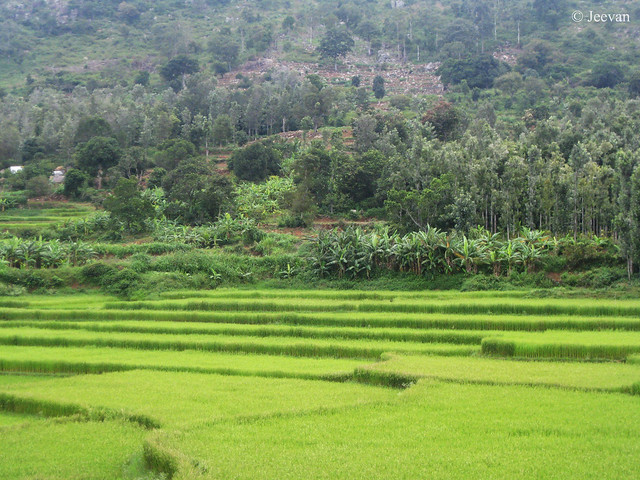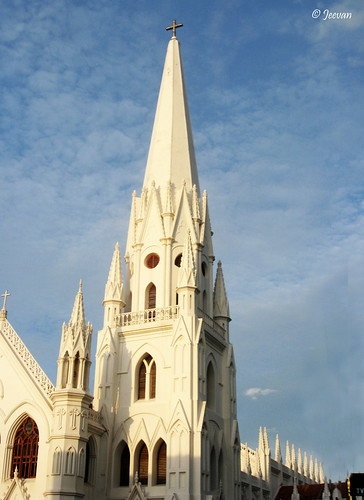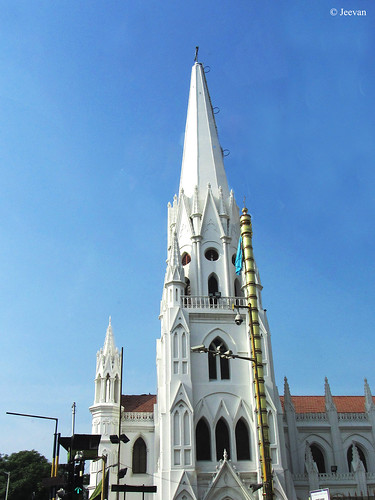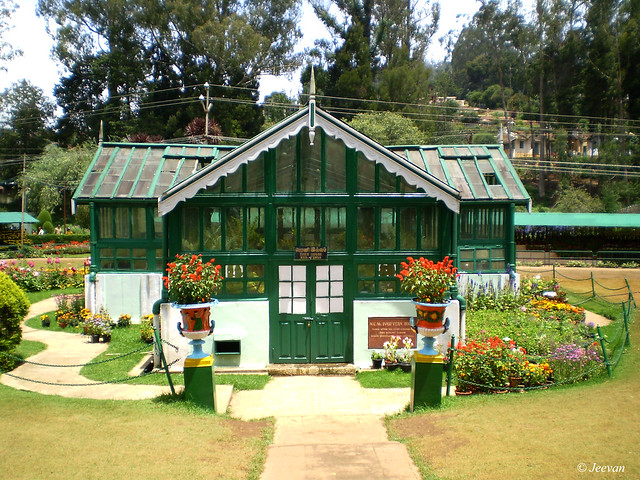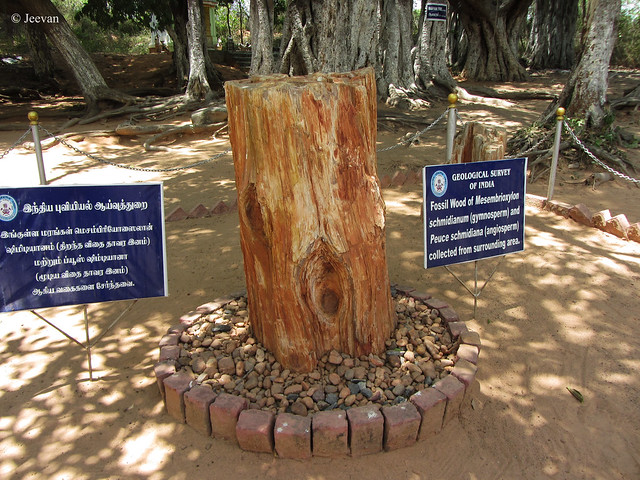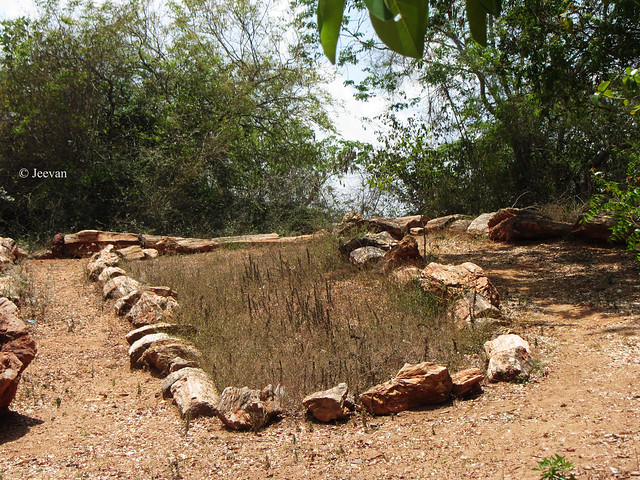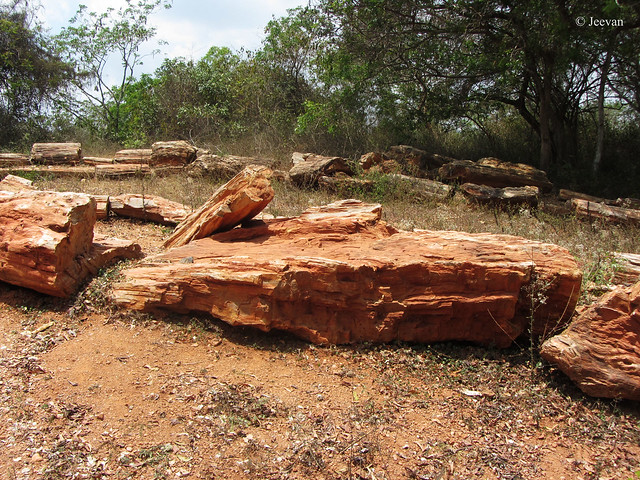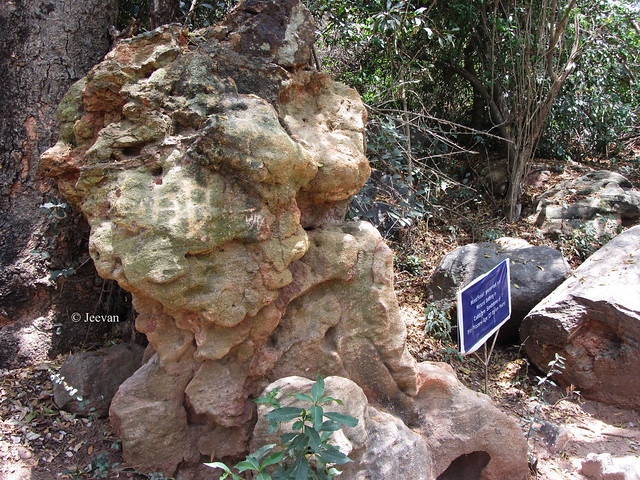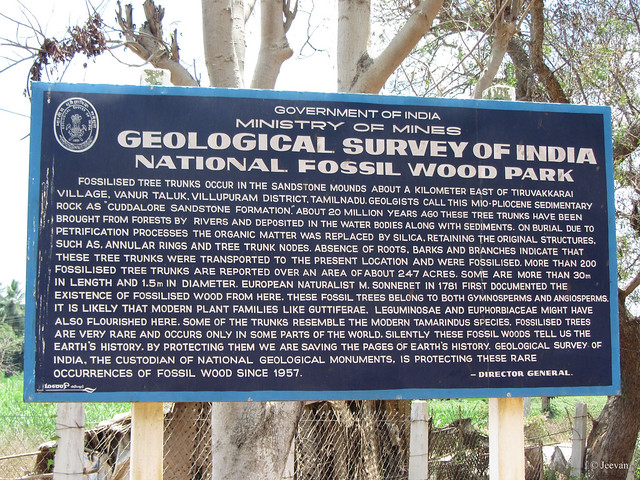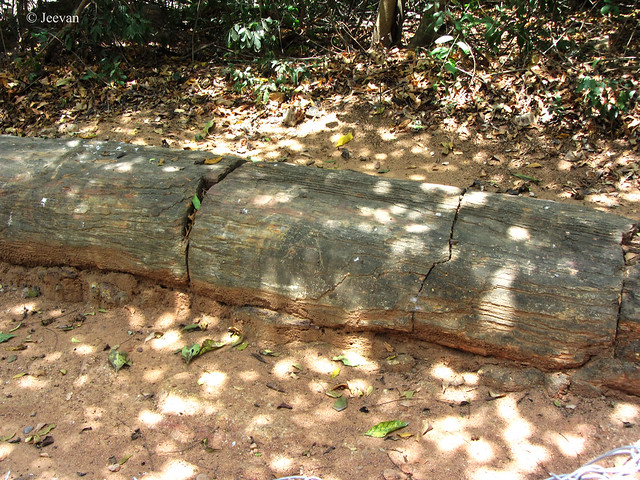Know what's the trend in South Indian social media right now? It's Ponniyin Selvan. In short, PS-1.
When I first saw the PS-1 commercial on social media, I immediately thought of anything similar to India's PSLV (The Polar Satellite Launch Vehicle).
Ponniyin Selvan is a well-known classic historical novel in Tamil authored by Kalki that requires no introduction if you are from Tamil Nadu, India's southernmost state. It is a timeless novel that was serialized for three and a half years before being published in five volumes in 1955; now, after many attempts, the book has been adapted into a film by acclaimed filmmaker Manirathnam!
It is impossible to shrink a five-series novel (a storyline that lasts 8 months) into a three-hour film, so the production team opted to divide the movie into two parts, with PS-1 being the first.
I have never read such an inspiring and suspenseful historical novel. As captivating fiction, the book tells the story of the greatest king of Tamil Nadu, Raja Raja Chozan, also known as Ponniyin Selvan, and Aruilmozi Varman. I loved reading this book, or more precisely, I enjoyed traveling through it, and it takes us to numerous locations within the Chola kingdom a thousand years ago.
I had wanted to read this book for a long time. However, I made it in 2022, and I picked the English translation of this mammoth work over the original in Tamil, which I am convinced is more emotional. I like to read Ponniyin Selvan in Tamil to get that experience again. I've been fascinated by this story for a few months and have become familiar with the characters and wish it could go on forever since I was eager to know what happened next; the novel never lags because the scene varies.
Even though the book is about Ponniyin Selvan (whose regime the Chozha Empire reached lands beyond the high seas), my favorite character is Vandhiya Devan, the true protagonist who carries the story on his shoulders. Mostly, it was through him we glimpse the beauty of the great Chozha country, and his role in missions was adventurous and exhilarating, adding to the fantastic visions I had throughout the subject. The narration and facts of the Chozha Empire and its clan are fascinating to read and convey the magnificence of the Chozha dynasty. However, pride comes from knocking down a country for revenge, and fighting against other kingdoms only highlights an empire's valor unless the country is in the hold of grief or oppressive rule.
I am more engaged in this book than in any other book I have read so far, and I was obliged to reread a lot of phrases, paragraphs, chapters, or scenarios to experience the feel or feel of the content. When I was in the latter half of the series, news about PS 1 started circulating in the media; I strictly avoided everything relevant to the film from entering my consciousness (at least until I finished reading the book) to avoid distractions from the air-drawn imagination I drew.
Some of the places I visited in Chozha country, such as Thanjavur (the capital of Chozhas at the time of the story), Kumbakonam, Nagapattinam, and Kodikkarai, influenced my imagination. I fantasize about erasing all forms of development and replacing them with wilderness and greenery dotted with small towns and villages and contrasting them with palaces. Every time the story centers on Thanjavur, the fortification and the gateways to the Big Temple and the moat and the river that runs beside it make a magnificent mixture of fort and palaces.
The version (of Ponniyin Selvan) I read was rendered in English by Varalotti Rengasamy; I chose him because when I looked for the book, only he had the entire series of five, so I could read the novel without stopping. I truly enjoy the author Kalki's simple and direct narrative and approach to constructing a plot about the bravest and most powerful kingdom ever known in Tamil Nadu. And crowning it all is the sacrifices of Ponniyin Selvan, according to the author, are the essential component of the story that inspired him to write this magnum work.
I'm so invested in the book that I believe I could visualize and recall every aspect of it if I decided to sit back and draw scenes without reading it, which is the novel's strength. Please read the book if you haven't already. If you don't want to read, you can watch the upcoming film (releases on Sep 30) instead. But, whether you watch the movie or not, I wish everyone read Ponniyin Selvan.










